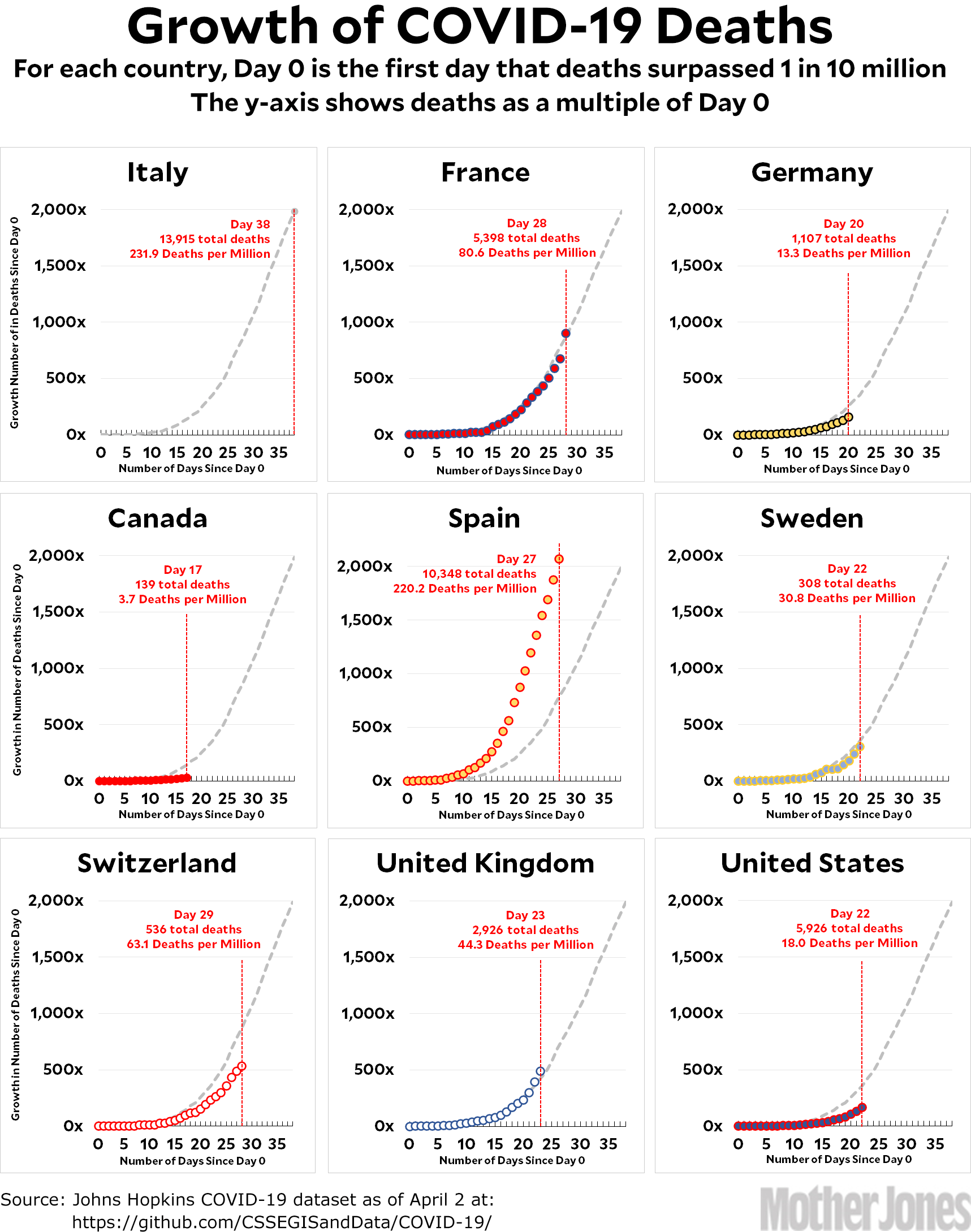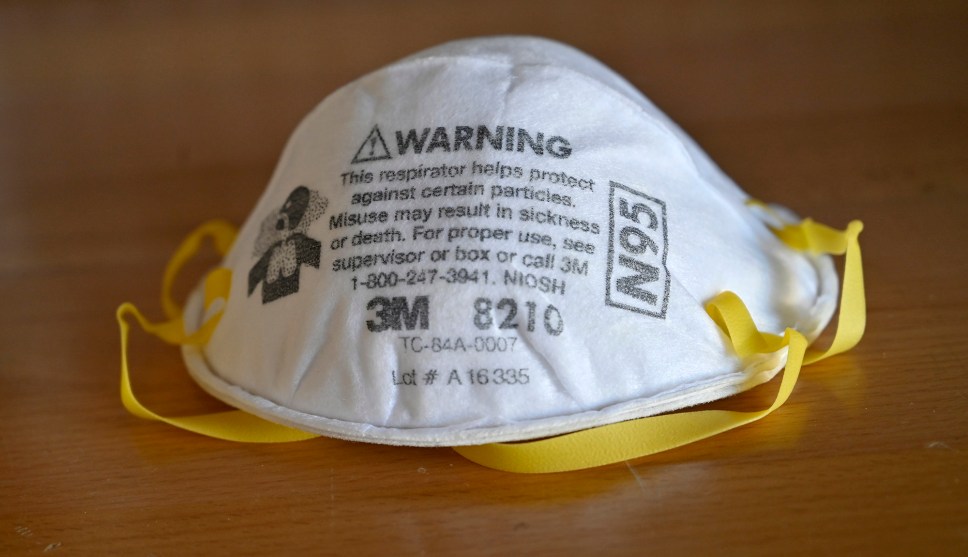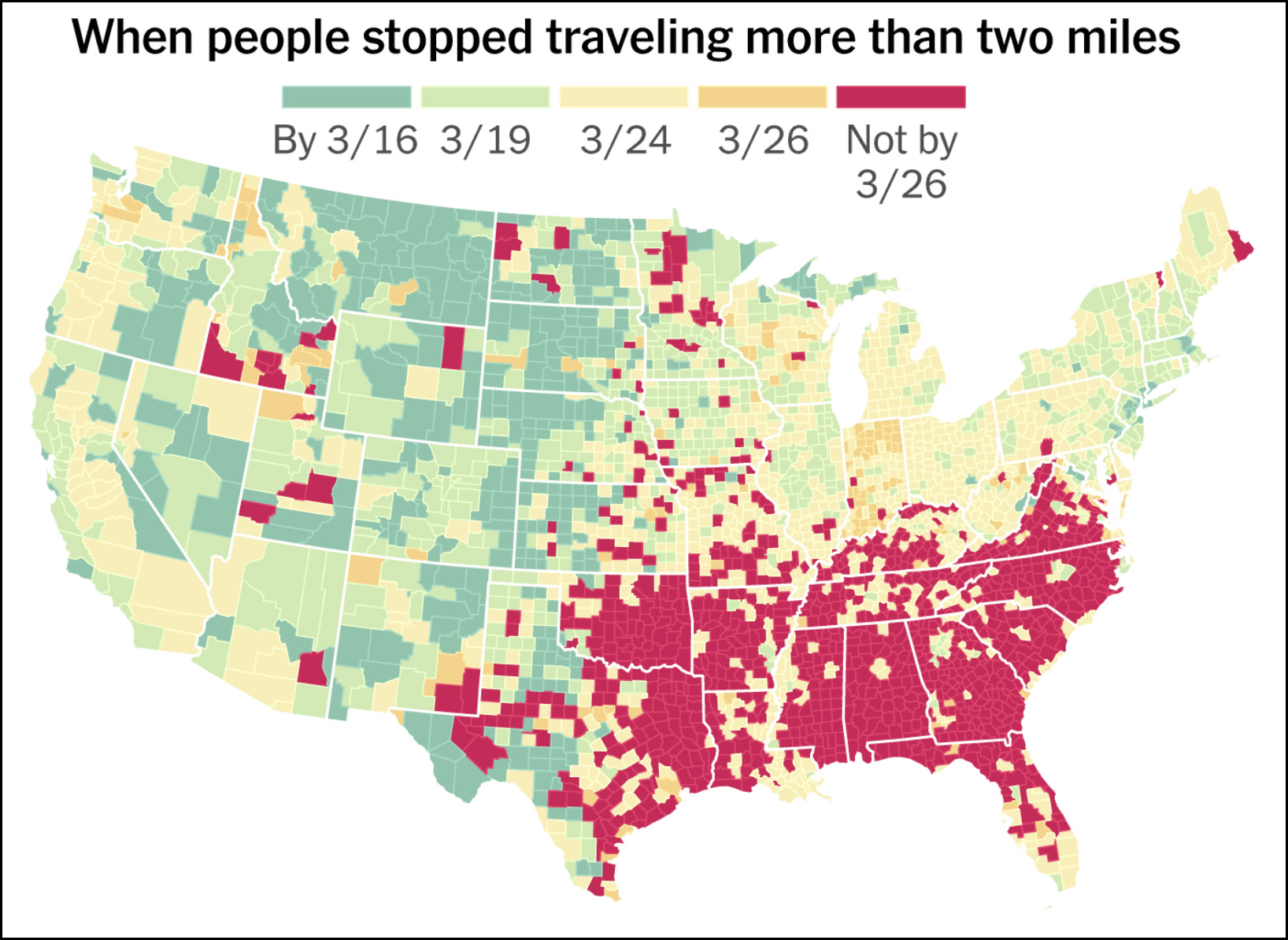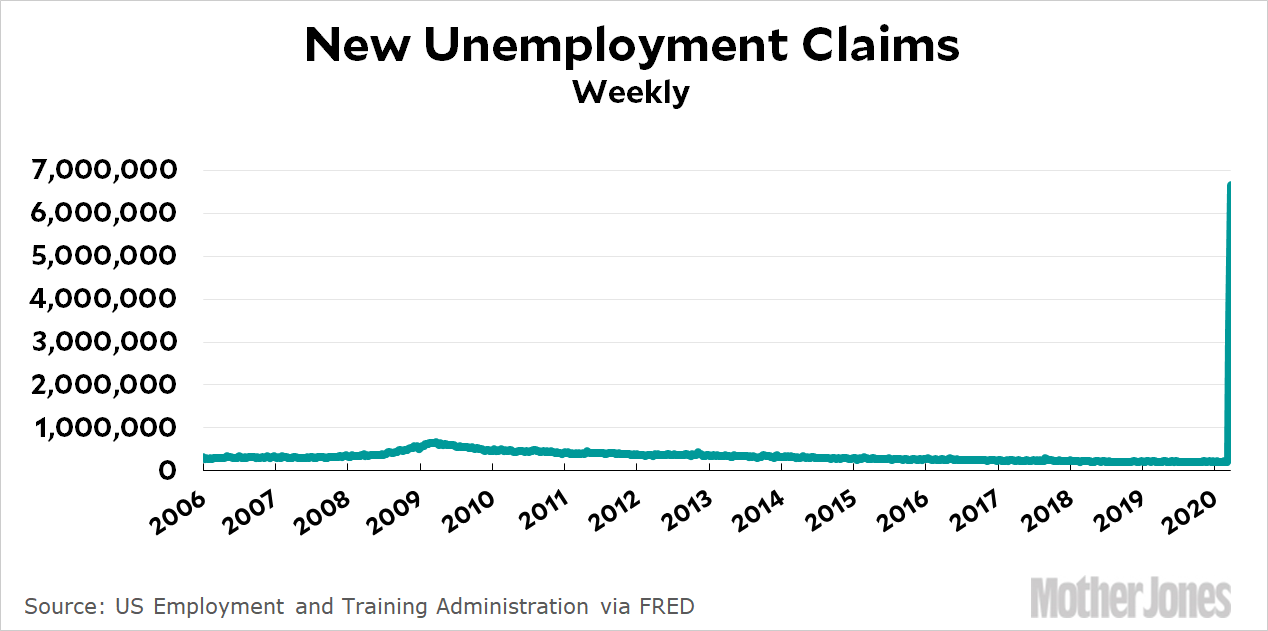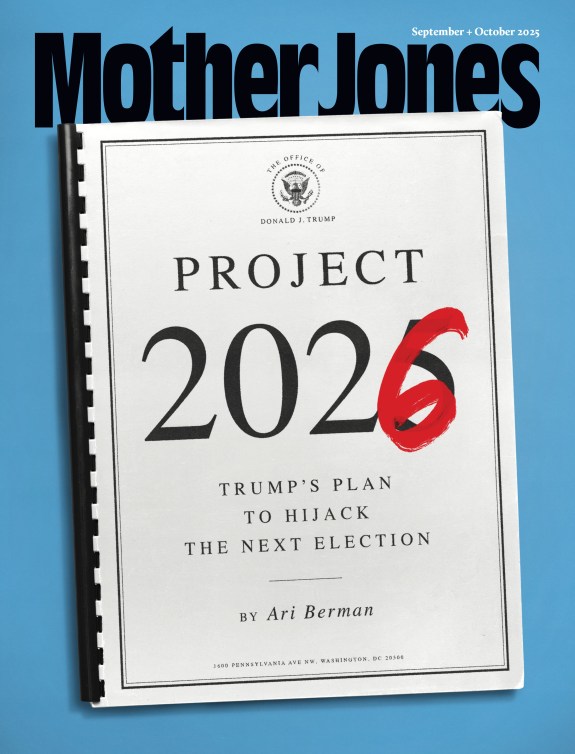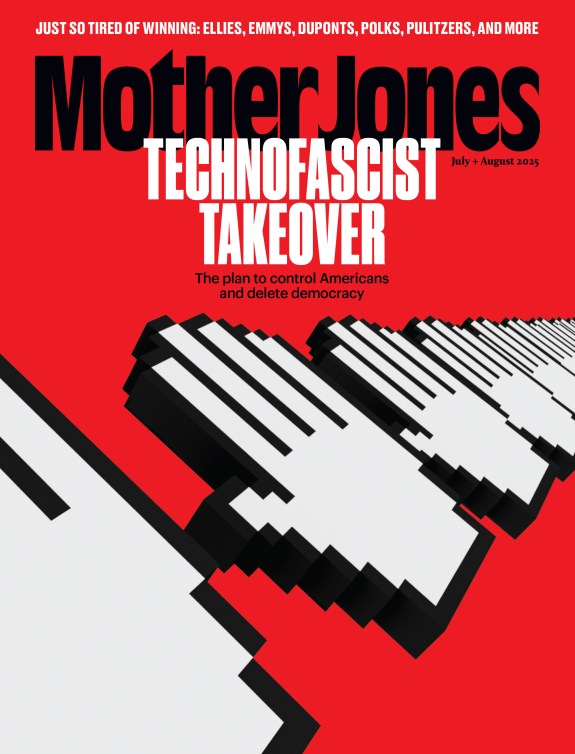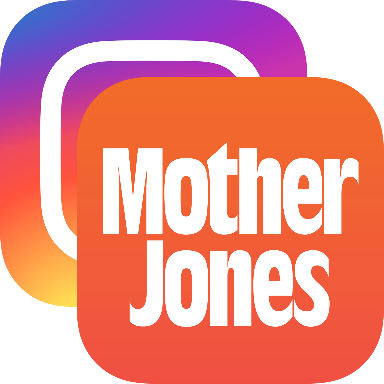
3M
Here is 3M’s response to the presidential Twitter tantrum:
In the course of our collaboration with the Administration this past weekend, the Administration requested that 3M increase the amount of respirators we currently import from our overseas operations into the U.S. We appreciate the assistance of the Administration to do exactly that. For example, earlier this week, we secured approval from China to export to the U.S. 10 million N95 respirators manufactured by 3M in China.
The Administration also requested that 3M cease exporting respirators that we currently manufacture in the United States to the Canadian and Latin American markets. There are, however, significant humanitarian implications of ceasing respirator supplies to healthcare workers in Canada and Latin America, where we are a critical supplier of respirators. In addition, ceasing all export of respirators produced in the United States would likely cause other countries to retaliate and do the same, as some have already done. If that were to occur, the net number of respirators being made available to the United States would actually decrease. That is the opposite of what we and the Administration, on behalf of the American people, both seek.
We also continue to act on reports of price gouging and unauthorized reselling related to 3M respirators. This activity is unethical and illegal. We are working with the U.S. Attorney General and attorneys general of every state, making it clear that 3M has not and will not raise prices for respirators and offering our assistance in the fight.
So it appears that Trump was indeed going ballistic over the fact that masks produced overseas were not all being shipped to the United States. There’s little that 3M can do about that, though.
But it turns out there’s more. 3M also makes masks in the US for the North and South American markets. Trump apparently wants 3M to tell other countries to bugger off and confiscate the entire domestic production of masks for the United States. I assume that the “humanitarian implications” of this don’t matter to Trump, so perhaps he needs to understand that if we do this we’re making ourselves into pariahs. Nobody will ever trust products made by a US corporation again.



